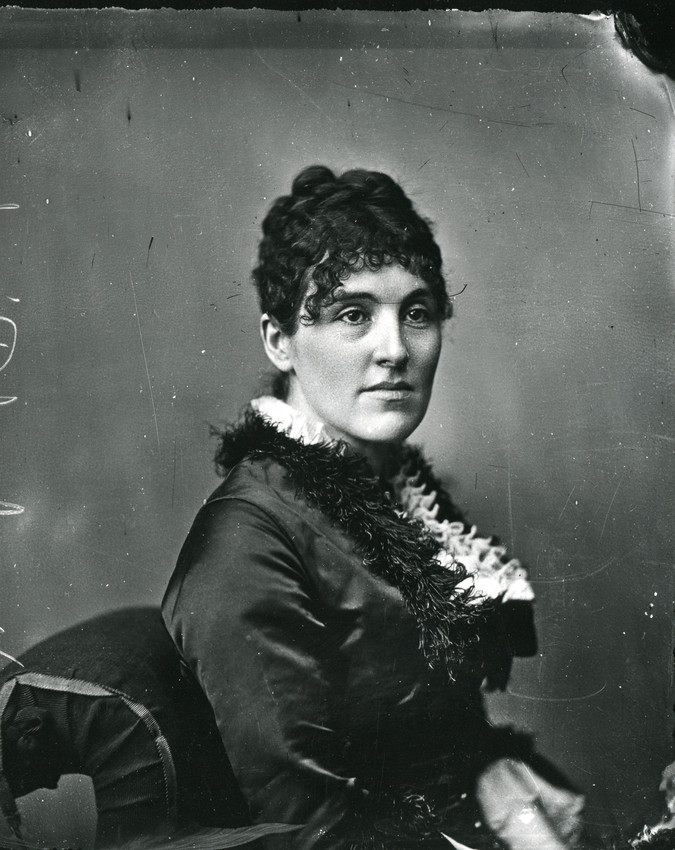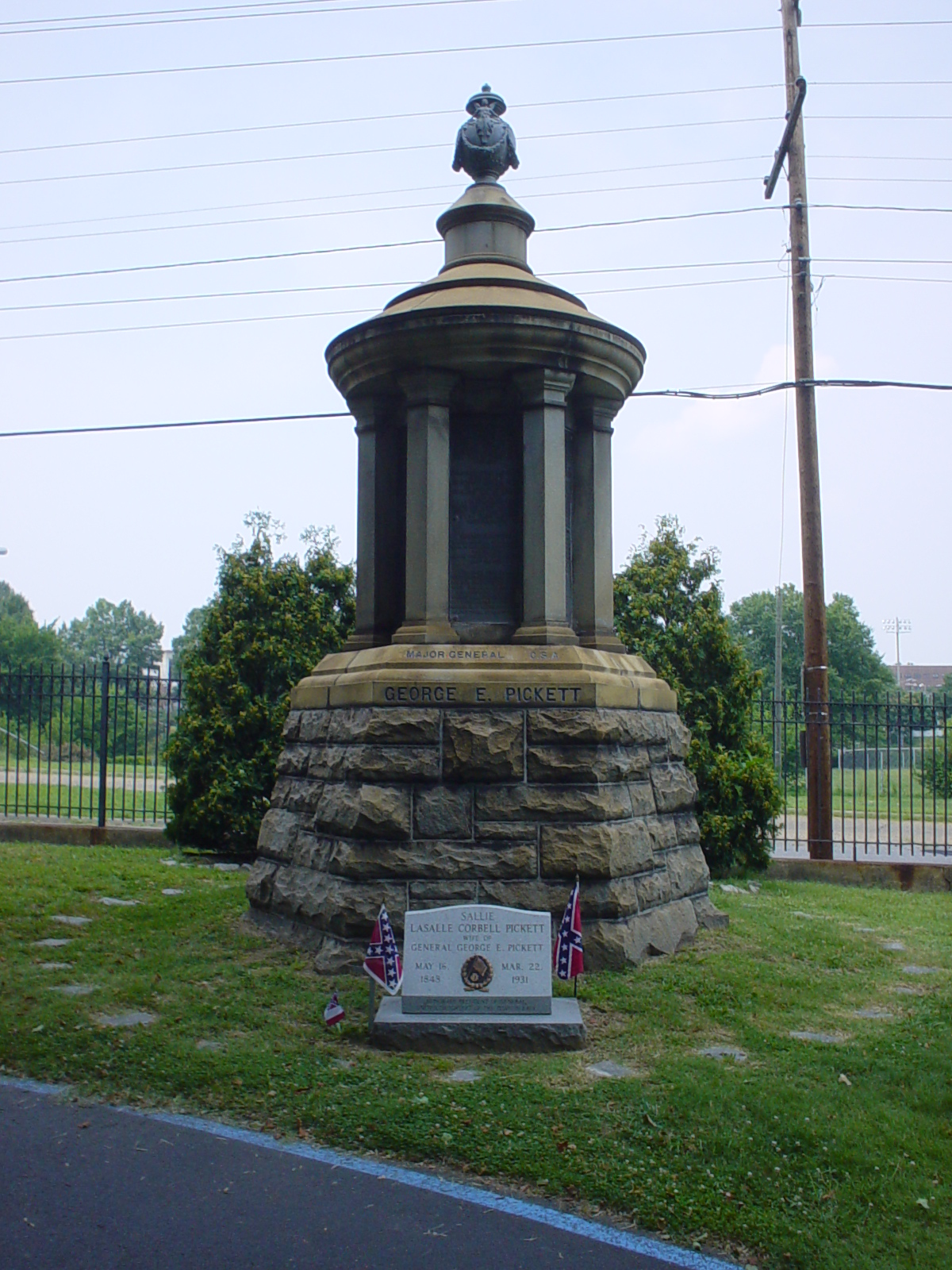From the Stone Wall to a Shad Bake
This is another post in the series “Tales From the Tombstone.”
George Edward Pickett was ecstatic on the morning of July 3, 1863. His division, which had missed the fighting at Chancellorsville in May and had been way in the rear during the first two days at Gettysburg, was about to lead the decisive charge on the third day of fighting around the small Pennsylvania town. (Joined in this fateful charge by two other divisions and plenty of North Carolinians).

When given the permission, Pickett was remembered saying “Up Men, and to your posts! Don’t forget today that you are from Old Virginia.” His three brigades that had made the northward trek, marched defiantly toward the Union positions on Cemetery Ridge and suffered tremendously in doing so. All three brigade commanders were hit–two would die and the third would never hold active field command again. Also, among the mortally wounded was the great-uncle of George Patton.
Casualties as a whole was near 50% in his division.
Pickett’s Division seemed to exist no more.
Before that fateful day in July 1863, Pickett, born in Richmond, Virginia on January 16, 1825 and would attend West Point. As a member of the famous West Point Class of 1846 that bore such graduates as George McClellan and Thomas Jackson, Pickett was ranked last, 59th, in the graduating class. Some say he was so dead last he could not even see the 58th ranking cadet in his graduating class.

After graduation Pickett served during the Mexican-American War and throughout the frontier. He even saw service on San Juan Island in 1859 where the United States and Great Britain almost came to blows over a stray pig and dubbed the Pig War. Pickett was determined to “make a Bunker Hill of it” when his 68-men garrison was faced with a more powerful British force. Luckily, a negotiated settlement was able to solve the situation.
Resigning his commission on June 25, 1861, Pickett rose through the ranks, leading a brigade during the Peninsula Campaign until a severe wound at Gaines Mill to the shoulder incapacitated him from field command for the better park of the next year.
When he returned he was given division command in the First Corps, with his first true test in combat in command of this designation at Gettysburg.
Following the severe blow that we now know as “Pickett’s Charge” the Virginian was placed, with his division, in command of the Department of Southern Virginia and North Carolina. They would not serve again with Lee’s Army of Northern Virginia until Cold Harbor in June 1864.
Yet, fate would put Pickett’s men in another important position in the closing stages of the war. Being one of the largest divisions still in the defenses around Richmond and Petersburg, Pickett was detailed to guard the important crossroads of Five Forks. Named for the roads that converged there, the positions guarded the Southside Railroad, the last remaining lifeline for the besieged Confederates. The Union undertook to wrest this important position from the Confederates on April 1,1865.
Yet, when the Union attack commenced Pickett was two miles to the rear enjoying a shad bake with fellow officers. His division routed and the enemy in control of Five Forks resulted in the evacuation of Richmond and Petersburg by Lee. There is still controversy whether Pickett was relieved from command, but either way, he was present during the surrender of Lee’s army at Appomattox Court House on April 9, 1865.
Whatever Pickett’s shortcomings were–in the classroom or on the battlefield–he made up with dash and flamboyance. His hair was much commented on throughout the Army of Northern Virginia. He had a cheerful demeanor and an eye for the creativeness.

His last wife, third overall, was LaSalle “Sallie” Corbell who was 18 years younger lived well into the 20th century, passing away in 1931. “Sallie” is credited with helping create the mystique and legend that is George Pickett today or as she would call him “her Soldier.”
After the war the Virginian was an insurance salesman. Pickett died of a liver abscess on July 30, 1875 in Norfolk and initially interred there until moved to Hollywood Cemetery in Richmond, Virginia later that same year. The transfer attracted the attention of thousands who lined the street and took part in the funeral procession.
Although the relationship between Pickett and Lee was strained dating back to their Gettysburg days, Pickett’s name and history is forever linked with that of the Army of Northern Virginia. Just take the following tale as evidence of that link.
Colonel John Mosby, the well-known Confederate partisan ranger, accompanied Pickett on a visit to Lee in Richmond after the war. During the encounter, Lee, according to Mosby treated Pickett testily, probably remembering his shirking of duty for that shad bake back in April 1865. After they had begged their leave and out of earshot, Pickett had the following to say.
“That man destroyed my division.”
Mosby’s response? “Well, it made you immortal.”
That it certainly did, along with one July charge, a shad bake, and “Sallie”.

My Dad recalls Sallie in Morningside heights growing up! NYC